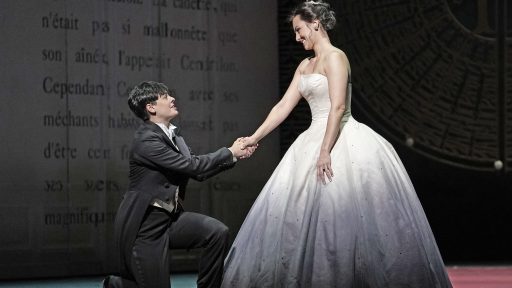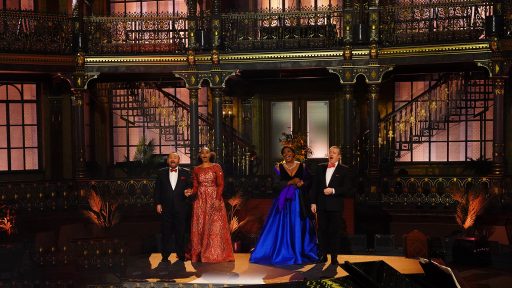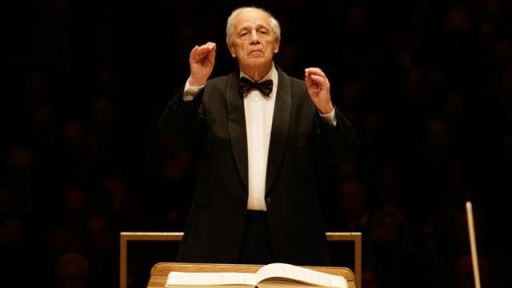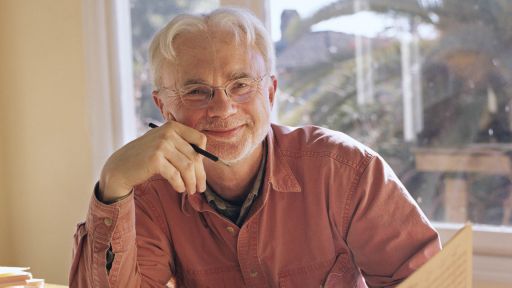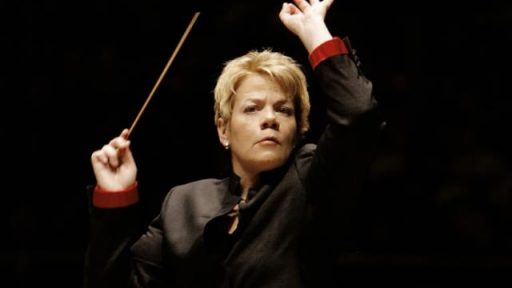Watch host Scott Yoo, a master at classical violin, take a lesson in playing tango.
Features
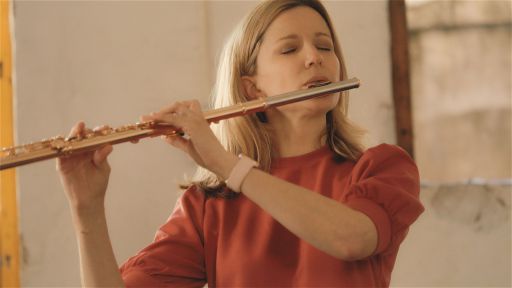
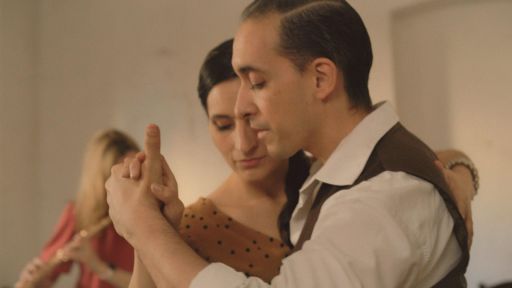
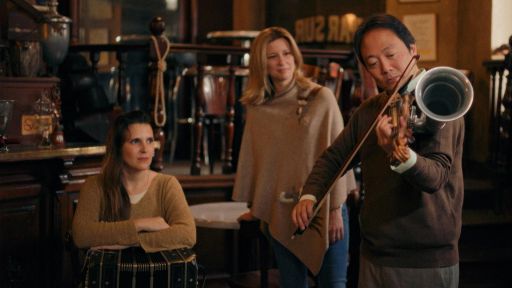
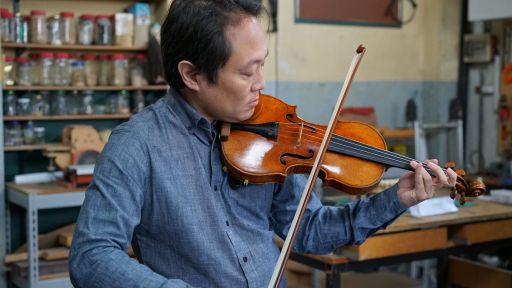
What are we going to be playing today?
Well, today we're going to play Tierra Querida, a wonderful tango by Julio de Caro.
Anyone that loves tango loves this piece.
And it's an important piece because Piazzolla recorded it with his first orchestra.
It's a piece that you need to know if you want to know tango.
Nice.
Well, I don't know tango because even though I can play the violin, I don't know how to do it like he can do it.
So he need to teach me.
Yeah, well, he knows everything, so you can show him your secrets.
[Speaks Spanish] ♪♪ [Speaks Spanish] ♪♪ [Speaks Spanish] Okay, you're using your nail?
[Speaks Spanish] Think about it - tango is danceable music but without a drum set.
So this is both the melodic instrument and the percussive instrument.
Exactly.
[Speaks Spanish] ♪♪ It's hard to do to it.
[Speaks Spanish] ♪♪ [Laughs] I can't do that.
Forget it.
[Speaks Spanish] Okay.
[Speaks Spanish] ♪♪ Oh, wow.
Where you put the bow...
When I've played Piazzolla before, I always try to make that noise, but I've done it here... [Plays wrong note] and it always sounded like somebody mopping the floor.
I didn't realize it was on the D string and I didn't realize that it matters where you place your bow.
So can you do yours again?
[Speaks Spanish] ♪♪ I see.
Everything you're discussing.
The staccato, the portmanteau.
You can find all that in.
Julio de Caro music, that you can find all that in Piazzolla's music as well.
Who developed these extended techniques for the violin as it was it?
Was it Julio de Caro?
Who made it?
Part of it is de Caro and part of it comes from before.
Because this is really very inventive to use the violin that way.
This is not how you're supposed to use the violin.
No, no, no.
But it sounds good.
Yeah.
Yeah.
We love to do what's wrong with our instruments.
You know, like you go against the academia sometimes to make it our own.
I mean, you have to play well, right?
But then we have our tricks, right?
And break the rules a little bit.
Selectively.
Break the rules
You May Also Like
